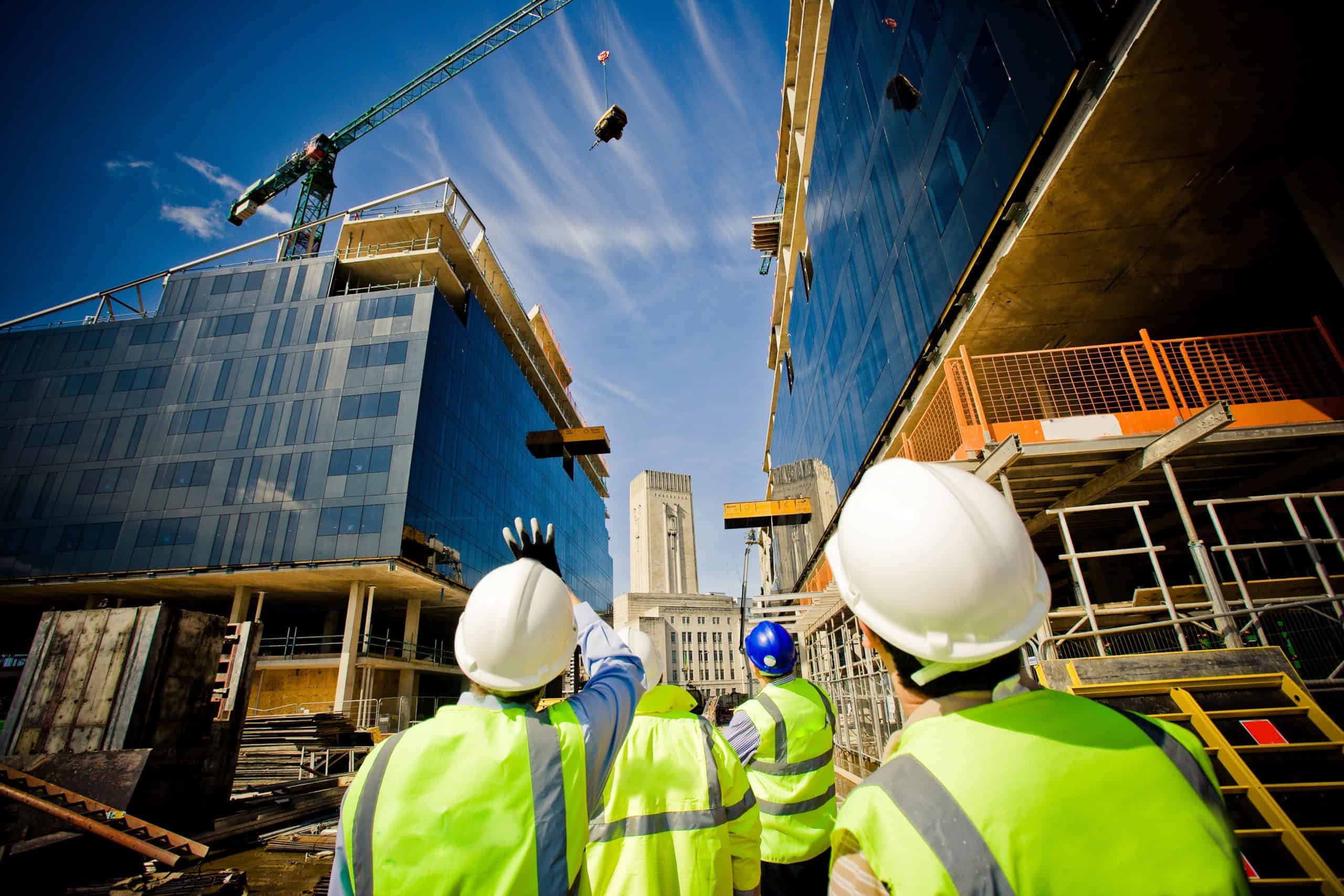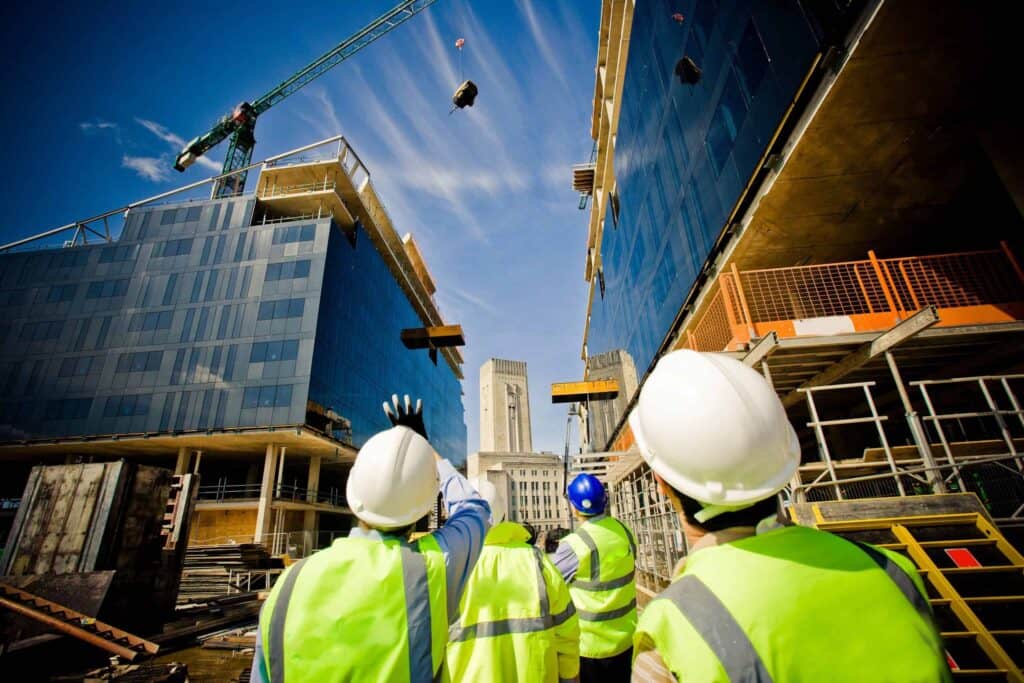In the construction industry, risks from natural and manmade hazards are part of the job. Permanent Modular Construction (PMC) is a growing trend in building that reduces some of those exposures and helps make jobsites safer.
PMC is the process of constructing building components or modules at locations other than the job site. These components are transported to the construction site and placed into position with other modular parts. PMC offers builders distinct advantages, for example:
- Speed. PMC enables projects to reach completion sooner because contractors can construct modules at the same time that other foundational parts of the structure are being built. Normally, a building’s foundation and framing must be finished before additional elements are added. Weather is a key variable that slows down productivity. PMC mitigates the risk of adverse weather events halting site activity.
- Quality. Offsite construction of building modules offers higher quality control, minimizing costly errors and potential defects.
- Cost. Constructing components away from the project site allows for more economical manufacturing processes, such as lean manufacturing and more efficient materials handling. Offsite manufacturing also can utilize lower-cost labor.
- Safety. Construction sites are dangerous places, despite improvements in safety practices. PMC supports productivity while reducing the number of workers needed on the site at any given time.
There are some downsides to PMC. Principal among them are fewer customization capabilities and transportation challenges related to the size of building modules. PMC works best in proven designs, rather than in highly customized structures. Moving modules to the construction site and into position tends to restrict the size of the modules.
PMC offers some promising benefits in construction, but contractors and workers must remain vigilant of other exposures. These include:
- Lift exposures. PMC modules require cranes and other equipment to put into place. All lift equipment must be suited to the task and payloads to ensure site safety. A toppled crane, for example, can cause severe injury or death, and extensive structural damage.
- Fall exposures. Falls are the single most frequent cause of injury and death on construction sites, regardless of building technique. If modules are not properly tied off or workers are not using safety slings and harnesses appropriately, falls remain a big risk.
- Ladder exposures. One advantage of PMC is the reduced use of ladders, but virtually every construction site still requires ladders for certain tasks, such as electrical and plumbing installations and inspections.
- Crush and strike exposures. Incidents in which a worker is caught in or between, or struck by, objects are among the most common causes of construction fatalities. Large, heavy PMC modules may increase the risks from such incidents.



